Jumbo Pekin Duck
$8.00 – $30.00
JUMBO PEKINS – LOCAL PICK UP!
Beautiful Little Day Old
& WORKING MALES!
Additional information
| Everything Pekin | Pekins are also called the American Pekin, White Pekin, or Long Island Duck. They’re the most popular domestic duck breed, numbering tens of millions in the United States. There are more Pekins than all other duck breeds combined. For those raising ducks for the first time, Pekins are a common entry point. For those who are exploring all the duck breed options, Pekins may seem ordinary, but they’re still worth considering owning. They come with a host of attractive traits. They’re popular for a reason: they can do just about everything. Pekins are unbeatable meat birds, good layers, pretty, friendly, calm, hardy, fertile, easy to find, and just lovely little ducks overall. Whether you’re new to ducks or experienced, whether you’re interested in ducks for eggs, meat, or pets, Pekins are not a breed you can ignore. Appearance Pekin ducks have two main traits: big and white. Color & Plumage Pekins have yellow-orange bills and orange shanks and feet. Their bills may also have black speckles or splotches, although this is a fault in exhibition birds. Their plumage is white with a cream or yellow tint—the stronger, the better. Between 1910 and 1930, the British Standard insisted Pekin plumage should possess a canary-like yellow color. However, sunlight bleaches this pigment, so “ideal” coloration is hard to achieve without denying the ducks access to sunlight. Feeding greens, corn, marigold petals, and other yellow feed can enhance the yellow tint. Pekins are the only white duck breed whose feathers are not supposed to be pure white. In addition, their feathers are extremely fluffy and bushy, more like down than the tight waterproof sheath other ducks often have. This makes Pekins look bigger and chubbier than they actually are. Pekins don’t come in any other color varieties, only white. Ducklings are bright yellow. Pekins are classified by the APA as a heavy breed. Female Pekins typically weigh around 8-9 lb (3.6-4 kg); male Pekins weigh around 9-10 lb (4-4.5 kg). They are around 20 inches (51 cm) tall. Pekins are fully feathered and weigh 90% of their adult weight by the time they’re only 7 weeks old. However, they don’t reach full maturity until 16-28 weeks. Conformation When it comes to conformation, big is the name of the game. American Pekins have a long, broad body, a thick neck, and a large, rounded head. They have a wide, full breast. They are solidly built and have a rectangular body shape from a side view. Their body carriage is 35 to 45 degrees above horizontal, and they have an upturned rump and tail. Long story short? Pekins are cute, chubby white marshmallows. Eggs Despite being considered meat birds, many Pekins are good layers. However, there are many, many strains of Pekin ducks, so an individual Pekin may lay as few as 50 or as many as 300 eggs per year. How many eggs do Pekins lay per year? A Pekin’s eggs are white, sometimes with a slight yellow tint. They’re extra large, generally weighing 90-100 grams, which is larger than a jumbo chicken egg. If you’re new to ducks, yes, you can eat duck eggs, and they are just as good as chicken eggs or better. Their taste is similar to chicken eggs, but richer. They are better for baking than chicken eggs, as they are richer and result in lighter, fluffier baked goods. When do Pekins lay eggs? Some Pekins, particularly those that are poorer layers, are seasonal layers that primarily lay in spring and summer and don’t lay much if at all in winter. Those that are better layers will likely lay through the winter. When Pekins start laying also varies a lot, depending on the strain. On average, however, you can probably expect your Pekin to start laying when she’s around 20 weeks (5 months) of age. Some Pekins will start laying as early as 16 weeks (4 months), while others will only start laying at 28 weeks (7 months) or occasionally even 32 weeks (8 months). If you’ve just gotten Pekins, or if yours are young, they may not start laying until next spring. Often, especially if a duck reaches laying age during fall or winter, she’ll only start laying during her first spring. Meat Commercially, American Pekins are used almost exclusively for meat, and over 95% of duck meat produced in the U.S. comes from Pekins. Pekin ducks are the ideal duck breed for meat because they: Are large Pekin growth rate At six weeks, they can weigh 6-7 lb; at seven weeks, they can weigh around 8 lb. Dave Holderread says they can achieve as much as 8.5 lb in eight weeks. Jumbo Pekins grow slower, but attain larger weights in the end. They weigh 9-11 lb at 12 weeks and can weigh up to 13.5 lbs as adults. Pekins are usually slaughtered at 6-8 weeks of age. At 8 weeks, they usually dress out at 5 lb or more. Feed conversion rate Pekins have a phenomenal feed conversion rate: generally anywhere from 2.5 to 3. In other words, they eat 2.5 to 3 pounds of feed for every pound of live weight gain. Some sources list their average feed conversion rate at 2.6. Some strains of Pekins can attain FCRs of as low as 1.9. For comparison, the hybrid Cornish Cross chicken can have a feed conversion rate of 2 or possibly better, in optimal conditions. Pastured Cornish Cross will often have an FCR of around 3.5. They can weigh 6lb at 6 weeks. Many heritage meat chickens have a FCR of 5 or worse. If you want to raise ducks for meat, Pekins are likely the best option. No other duck breeds compare to them. Cayugas, Rouens, and Aylesburies are frequently used for meat, but they don’t hold a candle to the Pekin. Muscovies are their closest competitors, but they grow much slower. Another reason Pekins are the preferred breed for meat is their white feathers, which make for a more attractive finished carcass. The white pin feathers don’t show up on their skin. Pekin meat is fattier than that of chickens or Muscovy ducks. It has lighter flesh and a milder flavor than Muscovy, but it’s still considered dark meat. Broodiness and Mothering Ability Pekins are famously bad broodies and mothers. They rarely, if ever, go broody and sit on their eggs. Occasional individuals will sit, but even those may be undependable mothers. If you want to hatch Pekin ducklings, you may need an incubator or a broody of a different breed. Flying Pekin ducks cannot fly. Most domestic ducks have lost their ability to fly over generations of breeding for other traits like egg laying and size. Their wings are just too small to lift their large bodies. Some smaller individual Pekin ducks may be able to jump and flap strongly enough to fly short distances or perhaps jump over a four-foot fence. However, most Pekins are completely flightless. They won’t be able to get more than a few inches off the ground. Any “Pekin” that can seriously fly is not a purebred Pekin. It might be a White Mallard, Call, Pekin cross, or perhaps a Muscovy. Pekin ducks do not have a desire to migrate and will not try to fly away. Since their flying abilities are usually nonexistent or very limited, you probably do not have to clip your Pekin’s wings. A 3-foot fence, or even a 2-foot fence, will contain most Pekins. Noise Pekin ducks can be noisy. They are often considered one of the noisiest duck breeds. But this depends on the temperament of the individual ducks. Some people with multi-breed flocks say their Pekins are the quietest, others say they’re average, and others say they’re the loudest. It’s hard to measure which duck breeds are louder or quieter, partly because it varies so much and partly because it’s not easy to measure. All ducks quack frequently. Whether you find quacking “noisy” depends on you. Male Pekins are much quieter, since they don’t make the crisp “quack” females make. Temperament Pekins are calm and extremely friendly, probably one of the friendliest of all duck breeds. Their docile temperament makes them an ideal breed for pets. Despite being one of the heaviest duck breeds, Pekins are quite active and are very good foragers. Pekins are also very hardy. They can live in nearly any climate with few problems. They’re resilient and don’t get sick easily. Lifespan A Pekin’s lifespan is typically 5-10 years. In general, Pekins have short lifespans compared to other duck breeds. However, since there are so many different strains of Pekins, with some being healthier and longer-lived than others, there’s a lot of variation. Males are more likely to live longer than females, due to the likelihood of females having reproductive issues such as egg binding. Since many Pekins are bred for meat and not longevity, they’re prone to having laying issues. Jumbo Pekin “Jumbo Pekin” is loosely defined, but it more or less means a strain of Pekin that is larger than the average Pekin. Jumbo Pekins are bred for sheer size and are the biggest Pekins there are. They don’t have the conformation necessary for a show bird, so they’re solely for meat. They are approximately 15-18% larger than a standard Pekin. In 12 weeks, males can reach 11 lb or more and females can reach 9.5 lb or more. As adults, Jumbo Pekins weigh around 9-13.5 lb. |
|---|
Only logged in customers who have purchased this product may leave a review.
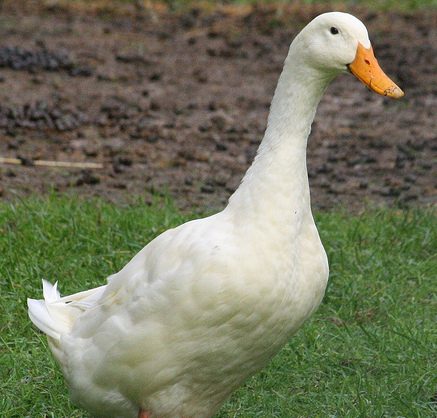
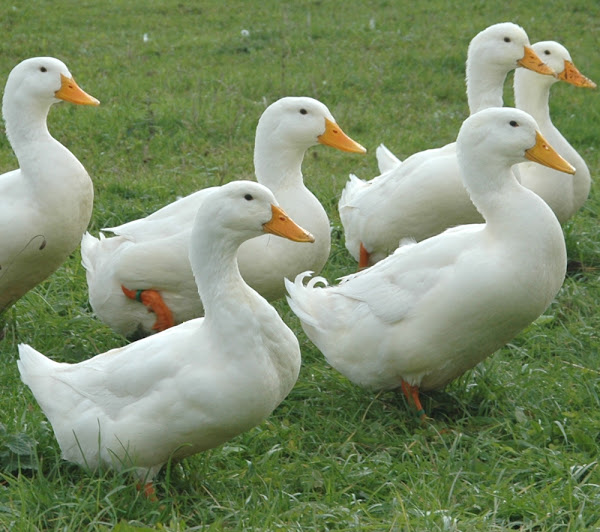
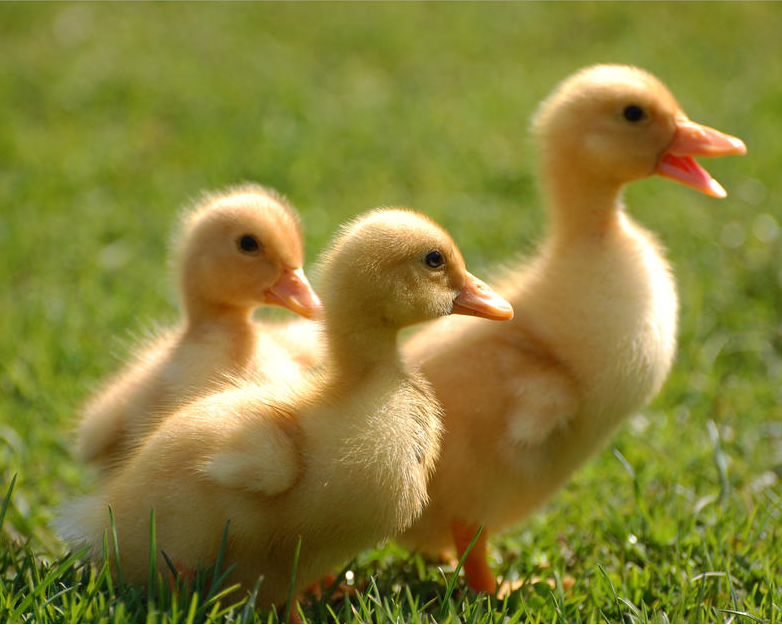
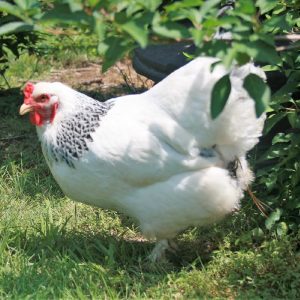
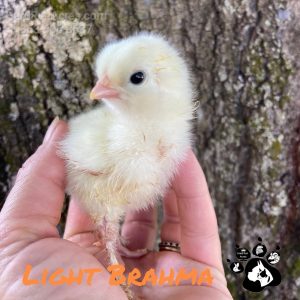
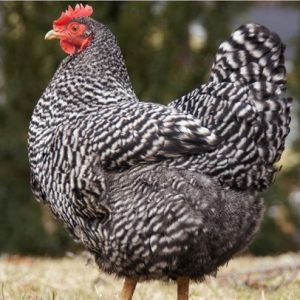

Reviews
There are no reviews yet.